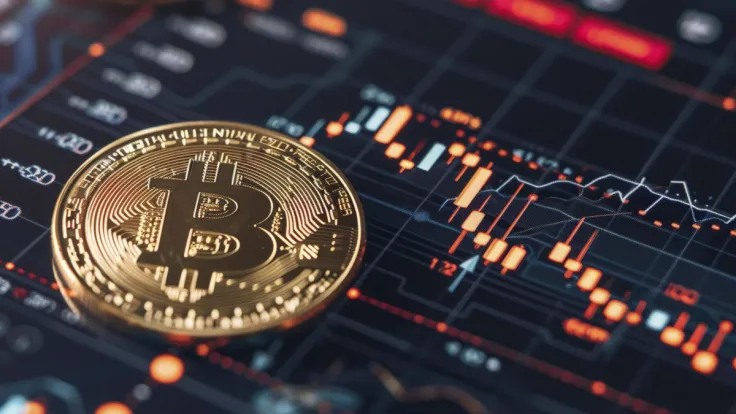
Disclaimer: The opinions expressed by our writers are their own and do not represent the views of U.Today. The financial and market information provided on U.Today is intended for informational purposes only. U.Today is not liable for any financial losses incurred while trading cryptocurrencies. Conduct your own research by contacting financial experts before making any investment decisions. We believe that all content is accurate as of the date of publication, but certain offers mentioned may no longer be available.
Crypto analyst and founder of the Capriole Investments fund Charles Edwards has taken to the X social media platform to share his take on why the world’s leading cryptocurrency, Bitcoin, has not reached the $100,000 level yet.
He named the key factors that he expects to propel the BTC price upwards within the coming few months.
"Why aren't we at $100,000 yet?"
Charles Edwards published a thread on X to share the reasons he believes stand between Bitcoin and the much-anticipated $100,000 price mark at the moment. This price surge has not yet taken place despite the launch of the spot Bitcoin ETFs.
So far, he stated, Bitcoin is up only 50% since January, when the SEC greenlighted the ETFs, and many are wondering why BTC has not surged higher, Edwards pointed out. Bitcoin is changing hands slightly above $71,000 at the time of this writing.
Key factors for strong BTC rise in future
First of all, Edwards shared, “We are battling against a bigger force – long-term holder selling.” According to his tweet, the number of long-term Bitcoin-holding wallets (those that have been holding for more than two years) has declined from the 57% all-time high reached in December 2023 to 54% today. Even though this is just a 3% drop and may not look impressive, still, this comprises 630,000 BTC, which is 300% of the total BTC supply that Bitcoin ETFs have bought in the U.S. since January.
The second reason shared by the analyst is that the market has not yet seen the true impact of the halving so far. In April, when the event took place, Bitcoin's daily issuance plunged by 50%. Edwards believes that over the next year, the delta between the ETFs purchasing Bitcoin and the BTC being mined will grow much wider. Financial institutions need time to review the situation and allocate funds for buying Bitcoin; therefore, spot ETFs are likely to remain leaders in BTC purchasing at least for this year, he says.
Overall, Edwards named three drivers he believes are necessary for Bitcoin to begin rising sharply. These are higher average daily ETF buying, lower long-term holder selling and growth in U.S. liquidity.

 Dan Burgin
Dan Burgin Alex Dovbnya
Alex Dovbnya Caroline Amosun
Caroline Amosun